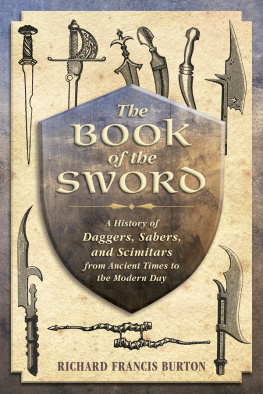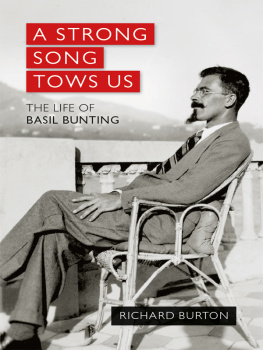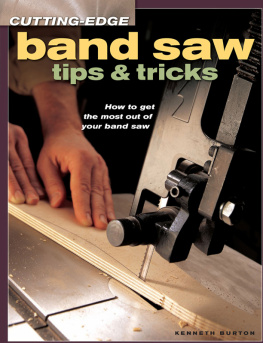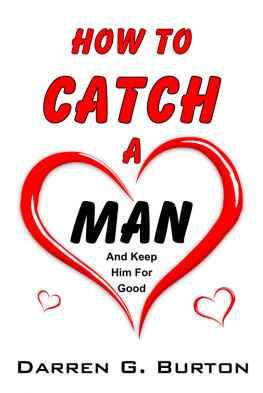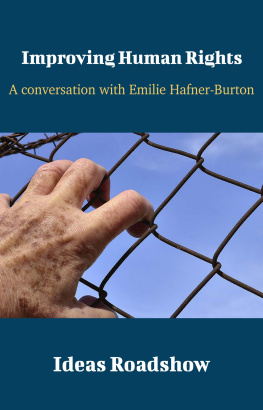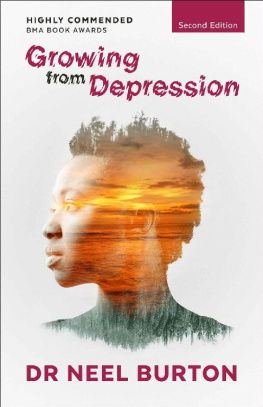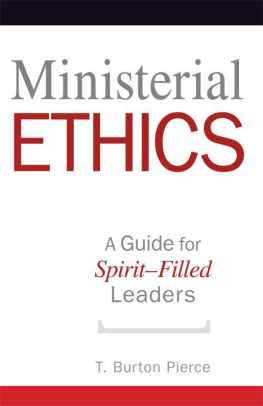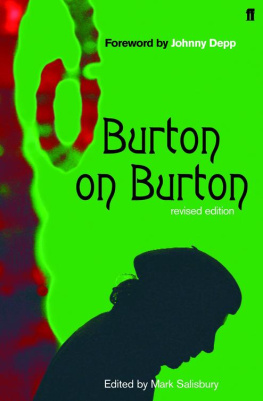CONTENTS
CHAPTER 1
FOOD & DRINK
CHAPTER 2
FRIENDS & LOVERS
CHAPTER 3
STYLE SECRETS
CHAPTER 4
GAMES & WELLBEING
CHAPTER 5
ON THE MOVE
CHAPTER 6
SHOWING OFF
CHAPTER 7
WORK & CAREER
CHAPTER 8
THE UNEXPECTED
HOW TO USE THIS EBOOK
Select one of the chapters from the and you will be taken straight to that chapter.
Look out for linked text (which is blue) throughout the ebook that you can select to help you navigate between related sections.
You can double tap images to increase their size. To return to the original view, just tap the cross in the top left-hand corner of the screen.
PREFACE

In 1859, the Scottish author Samuel Smiles published a book that spawned a genre. It offered its readers advice on everything from confidence building to money management, all illustrated by inspiring tales from great lives. Want to improve your business? Learn from the way Napoleon organized his military operations. Struggling with a setback? Consider how Sir Walter Scott used his time recovering from an injury to embark on writing a great poem. Entitled Self-Help , Smiless work was to become a runaway success; by the time he died, in 1904, it had sold more than 250,000 copies.
The genre has since evolved in ways that probably would have left Smiles aghast. The demeanour of self-improvement books tends to reflect that of the time in which they are produced. In recent years, one trend has exploded on the personal development bookshelf that seems to have especially captured the zeitgeist: the believe it and it will come true phenomenon. Looking inward rather than outward, it champions emotions over authorities. Is it a coincidence that it has blossomed in the same era in which the British politician Michael Gove felt confident claiming that people had had enough of experts?
This book has not had enough of experts. Its origins stretch back to a GQ column called Bring Your A Game. The idea was to take something that a man might reasonably want to do, and present a five-step guide to doing it really well. It would have been hubris to think we had all the answers, so we often found ourselves consulting specialists. Soon we realized we were amassing more insider knowledge than we could fit on the page. The consequence is the book youre holding in your hands; inside, you will find more detailed versions of those magazine pieces alongside a whole host of brand-new entries. This collection is not meant to offer a grand system or philosophy. Think of it instead as a volume more in the mode of Smiless: an instant set of mentors to whom you can turn when you want to step up your game in everything from work to sport, travel to romance, food to fashion and much more.
In certain areas, GQ will be your mentor. Since 1988, the magazine has been the leading monthly chronicle of mens fashion and lifestyle. So when it comes to tying a scarf, defining your signature look, getting to grips with a bow tie or something else that falls in our wheelhouse youre going to hear from us directly.
For most of this book, however, youll be referred to a league of external experts, 63 in all. Naturally, some of them will be familiar names. I visited Jamie Oliver for a guide to cooking the perfect steak, for instance, and interviewed Tracey Emin about how to hang a picture like an artist. To find out how to dive gracefully into a pool, I went to Tom Daley; to learn how to start a successful business, I phoned Sir Richard Branson and he dispensed advice from a hammock on Necker Island (now there really is someone whos winning at life). On these pages youll also encounter wisdom from the likes of William Hague, Dynamo, Alastair Campbell, Andy McNab and Jorja Smith.

Alongside the celebrities, I consulted people with whom you may not yet be acquainted but who are the undisputed authorities in their fields. People such as Jon Kabat-Zinn. In 1979, Kabat-Zinn set up the Stress Reduction Clinic at the University of Massachusetts Medical School. Its purpose was to use meditation to help chronically ill patients who were not responding well to conventional treatment.
At a time when the practice was associated with flaky, New Age mysticism, Kabat-Zinn, with his Ph.D in molecular biology, took a scientific approach to meditation. Slowly, what he dubbed Mindfulness-Based Stress Reduction went mainstream. If youve ever wondered where the current mindfulness boom came from well, hes its founding father. Who better to ask for pointers on how to meditate?

It was also fascinating to speak to Joe Navarro. When he was a special agent at the FBI, he caught spies by analysing body language. His most famous case began during a routine interview with a US soldier who had become a person of interest. Every time he mentioned the name of a recently arrested traitor, the soldiers cigarette would tremor in his hand. Everybody kept saying: Thats nonsense, you cant base an investigation on a shaking cigarette, Navarro told me. Eventually I got him to admit that there was a larger conspiracy and that the nuclear go codes had been compromised. Navarro subsequently became a consultant on nonverbal communication, and in the chapter Work & Career youll find his guide to the psychology behind a successful handshake.
Putting this book together was an education. Along the way, I learned why sugar can help you make a brilliant speech, the one word to use if you want to win an argument, and how a chair can save your life. A memorable tip came courtesy of Oli Barrett, the most connected man in Britain, according to Wired magazine. During our interview about networking, he referenced a contact who had recently sold a company for more than a billion dollars. The secret of their success, he said, was sending handwritten notes to investors they met along the way. You only have to look at my out-tray to see how Ive taken that to heart.
Occasionally, I came to rethink my entire approach to something altogether. Take cooking a rib-eye steak. I thought I had that largely figured out a steaks a steak, right? When I met Jamie Oliver in his test kitchen, however, it was fast apparent that I was going to learn a considerably more sophisticated technique than my own. With a steak, you are in the realm of the most expensive, longest-living beast in the common food chain, he explained. Therefore, to treat it like chicken means youre a mug, to treat it like a pig means youre a mug. His favoured method is packed with clever twists; it has swiftly become my favoured method, too.
Since childhood, I have always enjoyed teaching myself skills from books. The sense that something extraordinary is achievable, if you simply follow the steps, has led me to pore over volumes on guitar playing, kung fu, card magic, poker, bartending, even (and Im not proud of this) harmonica playing. Sometimes I learned things that I really had no use for at all. On my bookshelf youll find a tome on stage hypnotism, for instance, and another on lock picking. But theres something intriguing about understanding how people do things, even if you never plan on doing them yourself. Hence the final chapter of this book, which is about dealing with the unexpected. I hope that neither you nor I will ever need to survive a kidnapping, save ourselves from choking or land a plane with engine failure.





 In 1859, the Scottish author Samuel Smiles published a book that spawned a genre. It offered its readers advice on everything from confidence building to money management, all illustrated by inspiring tales from great lives. Want to improve your business? Learn from the way Napoleon organized his military operations. Struggling with a setback? Consider how Sir Walter Scott used his time recovering from an injury to embark on writing a great poem. Entitled Self-Help , Smiless work was to become a runaway success; by the time he died, in 1904, it had sold more than 250,000 copies.
In 1859, the Scottish author Samuel Smiles published a book that spawned a genre. It offered its readers advice on everything from confidence building to money management, all illustrated by inspiring tales from great lives. Want to improve your business? Learn from the way Napoleon organized his military operations. Struggling with a setback? Consider how Sir Walter Scott used his time recovering from an injury to embark on writing a great poem. Entitled Self-Help , Smiless work was to become a runaway success; by the time he died, in 1904, it had sold more than 250,000 copies.



